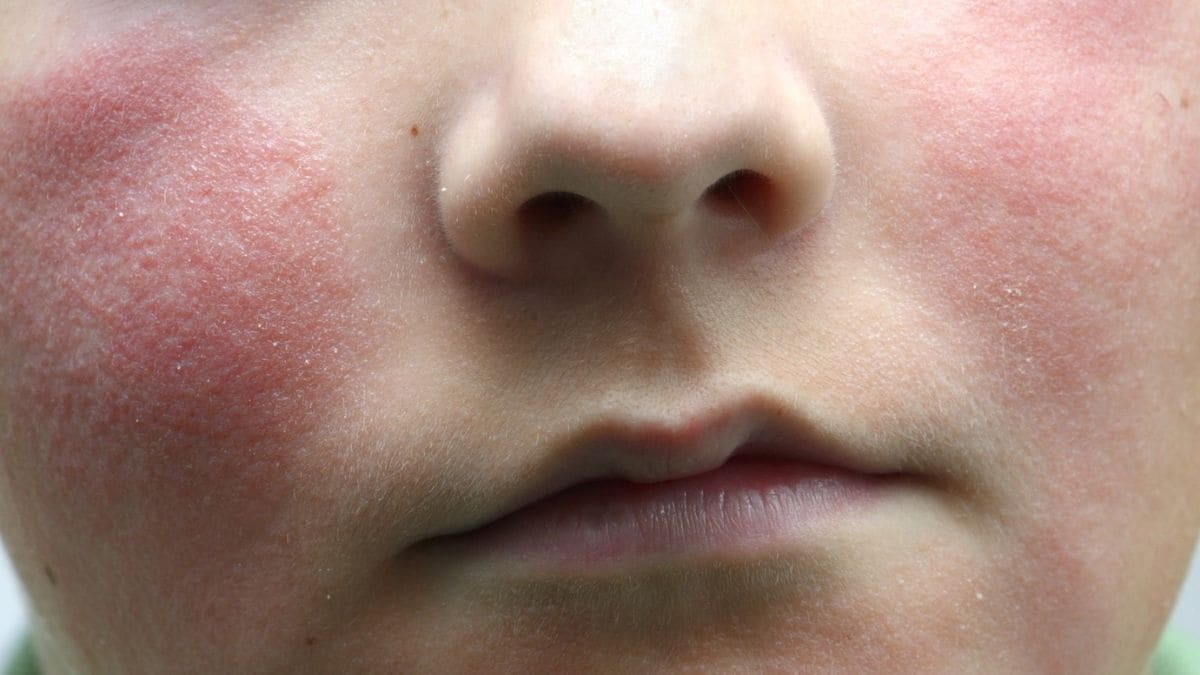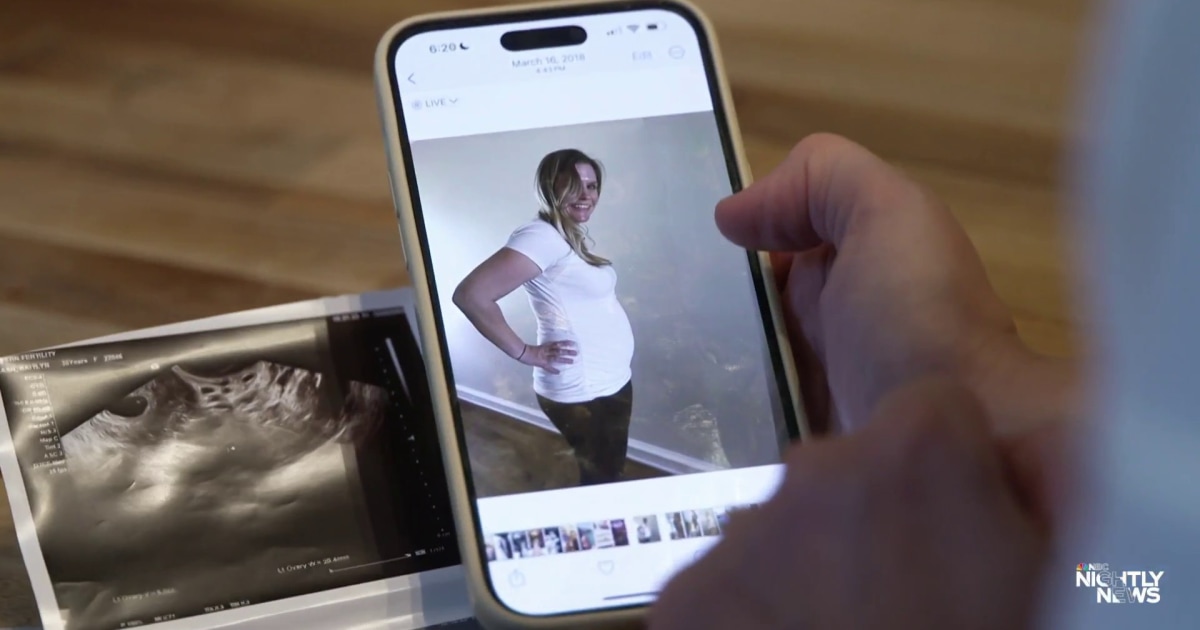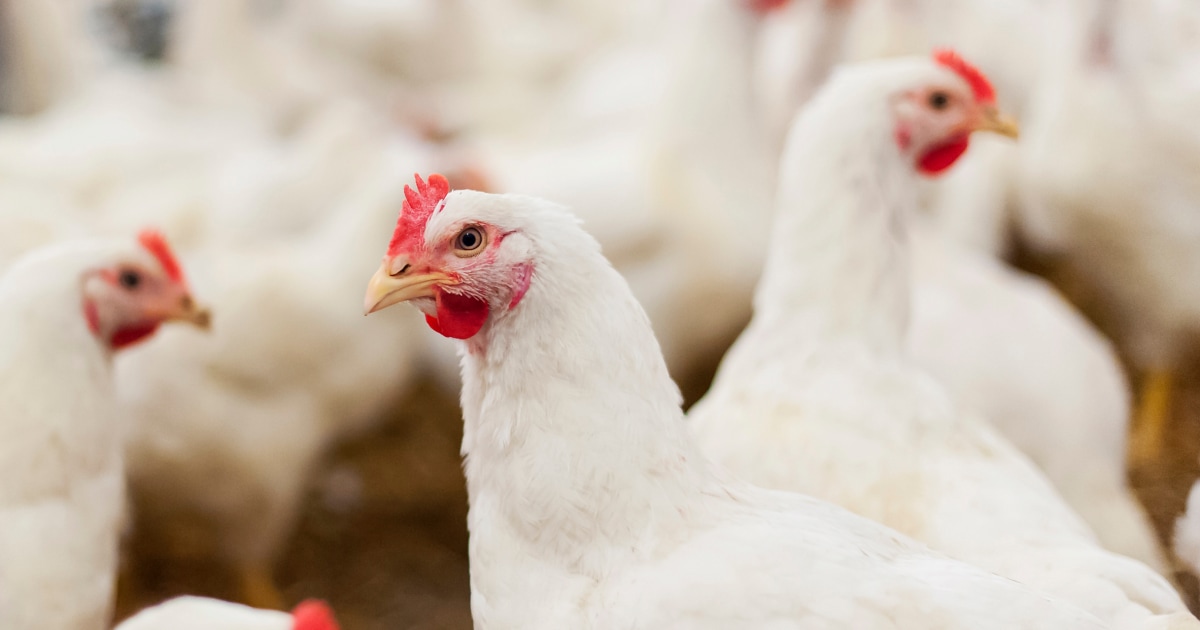Parvovirus B19, known for its distinctive “slapped-cheek” rash, is currently on the rise in the US, according to a health alert from the Centres for Disease Control and Prevention (CDC). While routine surveillance for this virus is lacking, several indicators suggest the virus is spreading widely right now, the public health agency said. Doctors have observed unusual numbers of parvovirus-related complications among two high-risk groups: pregnant individuals and patients with blood disorders.
As of June, laboratory data revealed that about 10 per cent of the US population—and 40 per cent of children aged 5 to 9—had antibodies suggesting that they were recently infected, the CDC reported. The alert in the US follows reports from the European Centre for Disease Prevention and Control, which noted unusually high parvovirus cases in 14 European countries, including France, Spain, and Germany, in early 2024. Here’s a closer look at what we know about this disease.

What is Parvovirus B19 virus? As per Cleveland Clinic , Parvovirus B19, often referred to as the “fifth disease,” is a common virus that primarily affects children. The term originates from the string of viral skin rashes that infected children, where it was ranked fifth after measles, rubella, chickenpox, and roseola. Infections with Parvovirus B19 are most frequent during late winter, spring, and early summer.
The National Library of Medicine notes that “mini-outbreaks” of the virus occur approximately every three to four years. In developed countries like the US, most people will encounter the virus at some point in their lives, typically during childhood. According to CDC, by the age of five, up to 10 per cent of children have contracted the contagious virus, about half of people have been infected by the age of 20 and 70 per cent by the time they are 40.
Unlike the parvovirus that affects pets, Parvovirus B19 only infects humans. It spreads like other respiratory illnesses, primarily through respiratory droplets released when an infected person coughs or sneezes, according to the CDC. What are the signs of Parvovirus B19? Many people infected with Parvovirus B19 show no symptoms at all.
For those who do, the initial signs may include fever, muscle aches, cough, sore throat, and general malaise, according to the CDC. As the illness progresses, children often develop a distinctive rash on their face, known as the “slapped cheek” rash. This can be accompanied by joint pains and additional rashes on the chest, back, buttocks, or arms and legs.
Although the rash typically resolves within 7 to 10 days, it may intermittently recur over several weeks. In adults, symptoms commonly include a rash on the torso and joint pain. This joint pain can last from 1 to 3 weeks but may persist for months or longer, as per the CDC.
Who is at risk? While most healthy individuals recover from parvovirus without complications, certain groups are at higher risk for severe outcomes. Pregnant individuals, those with weakened immune systems, and those with specific blood disorders such as sickle cell disease face increased risks. For pregnant ladies, the virus can potentially affect the foetus, leading to rare but serious conditions such as foetal anaemia, miscarriage, or foetal loss.
According to the CDC, the risk of adverse outcomes is about 5 to 10 per cent, with infections during the first half of pregnancy presenting a higher risk. People with blood disorders or compromised immune systems may experience significant complications, such as severe anaemia—a reduction in red blood cells—if they contract the virus, as as per Mayo Clinic . What does the treatment look like? For most patients, the approach to managing parvovirus infection focuses on relieving symptoms.
Since there is no vaccine available for the virus, prevention is key. This involves regular hand washing, cleaning communal surfaces like doorknobs, and avoiding close contact with anyone who is ill. According to the CDC, individuals are most contagious during the early stages of the illness.
By the time a rash or joint pain appears, the risk of transmission is significantly reduced. For those with blood disorders, a potential complication of parvovirus, treatment typically includes red blood cell transfusions and intravenous immunoglobulin. During the current outbreak, the CDC suggests that individuals working in high-risk environments, such as schools and daycares, or those at higher risk of complications, should consider wearing masks for added protection.
With input from agencies.



















